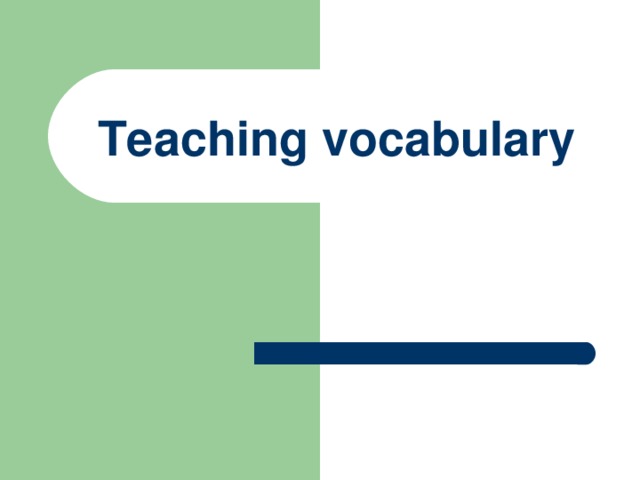
Teaching vocabulary

1 Always teach vocabulary in context.
- You’ve probably heard this again and again but it can’t be emphasized enough. The first step in helping students remember vocabulary is teaching it in context. This means you should never provide a list of isolated, and least of all unrelated words, for them to learn. Words should be introduced within the context of a story, everyday situation, sport, activity or any context your students are familiar with.

2. Use the right timing for repetition
- There are plenty of scientific studies and papers on vocabulary teaching and learning, but let me summarize the results. Most studies agree that it is essential to repeat or practice a new set of words immediately after being exposed to them. And then repetition should follow at progressively longer intervals. So, to ensure that students will remember the words you teach them, they must use them again – and again.

3. Use pictures and visuals whenever you can
- When we speak, words are gone with the wind – they disappear in a matter of seconds. Students may understand them, but their minds are quickly filled with other thoughts. Our brains, however, are wired to process visual information differently – it sticks, whether we are visual learners or not.

4. Make the words memorable
- By definition, “memorable” event or occasion is easily remembered. By the same token, you can make new words more “memorable” by using techniques that engage students and get their attention.

5. Use Word Clusters or Webs
- Organize words into word clusters, and it’ll help students create associations between words. For each set of new words, create the first cluster together, then for future clusters have students recreate them on their own.

6. Use words in phrases or collocations
- When practicing new words, make sure students not only remember the “word” itself but its proper collocation or usual verb-noun combination.

7. Practice out loud
- Quite often we give students vocabulary exercises to complete, and while this is important to help them practice writing the new words, studies also show that practicing words out loud is more effective in improving retention than practicing them silently. Apparently, the ear is an important ally when it comes to remembering vocabulary.

 Получите свидетельство
Получите свидетельство Вход
Вход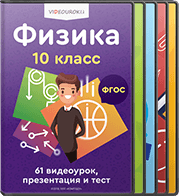

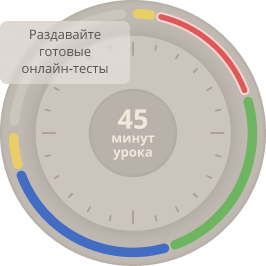


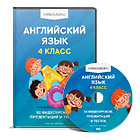
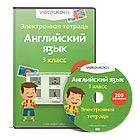
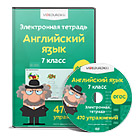
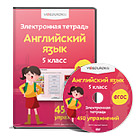
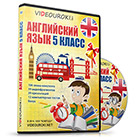
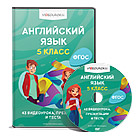
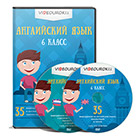
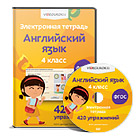
 Presentation "Teaching vocabulary" (42 KB)
Presentation "Teaching vocabulary" (42 KB)
 0
0 1875
1875 80
80 Нравится
0
Нравится
0


